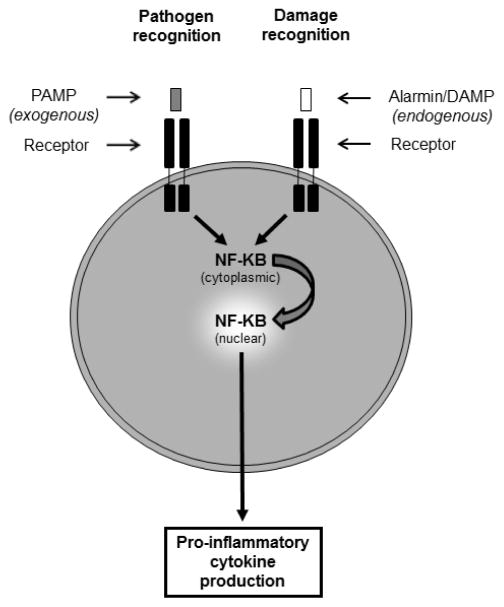Figure 1. Basic recognition of PAMPs and alarmins.
The presence of microbes is recognized by the binding of exogenous PAMPs to pattern recognition receptors on inflammatory cells (left). In the setting of tissue injury, endogenous alarmins/DAMPs released by damaged cells are recognized by pattern recognition receptors or other specific receptors (right). Typically, binding of PAMPs or alarmins to their respective receptors will induce signaling pathways that result in translocation of the transcription factor NF-κB from the cytoplasm to the nucleus. Activation of NF-κB leads to the transcription and secretion of pro-inflammatory cytokines.

